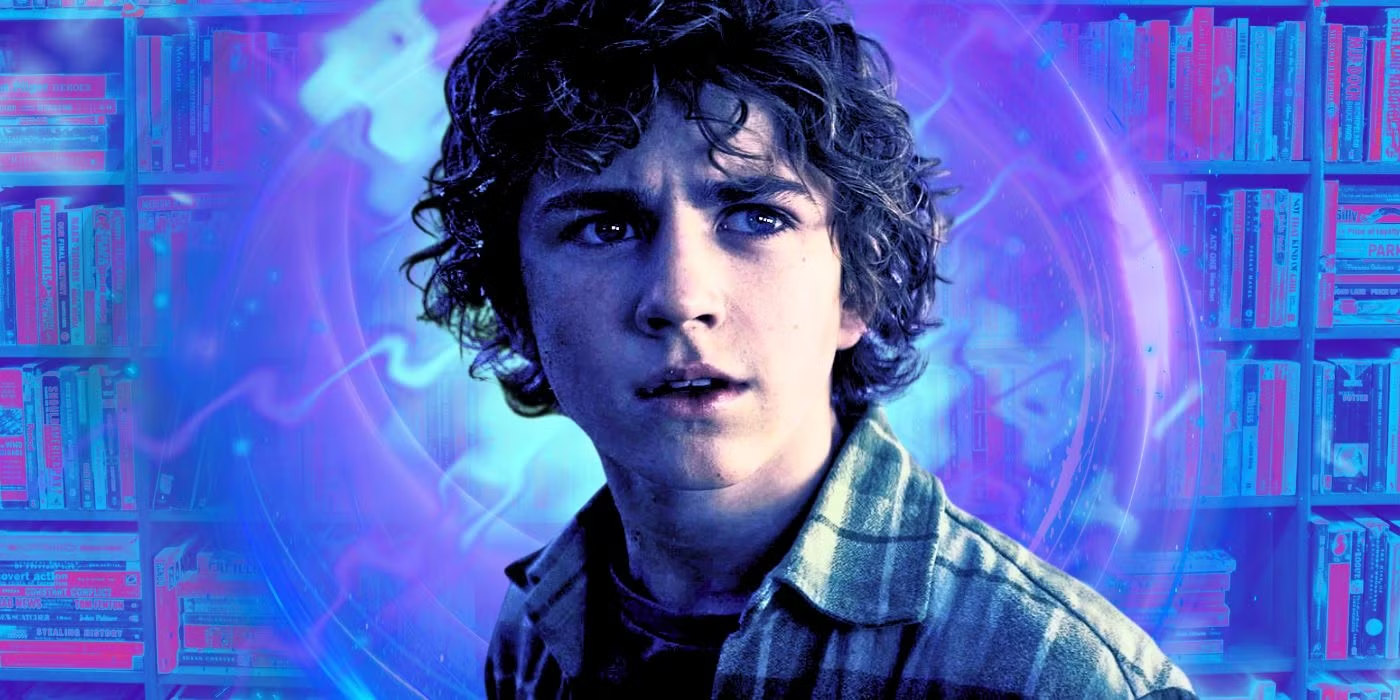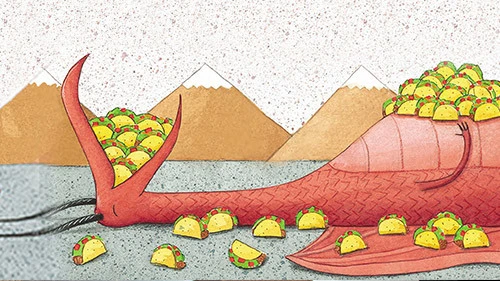Michael Drosnin, Who Found Clues in the Bible, Is Dead at 74

As a Hebrew school student, Michael Drosnin was asked to write down what he had learned. He responded, “That I don’t have to believe in God or anything in the Bible.”
Mr. Drosnin would amend that position, somewhat, after writing “The Bible Code,” which claimed that references to historical and contemporary events were secretly encoded in the Old Testament. The book became an international best seller and sparked wonder, debate, criticism and two sequels.
Mr. Drosnin died on June 9 at his home in Manhattan. He was 74. His niece Wende Gozan Brown said the cause was heart disease.
“The Bible Code” opens with a stunning moment: The author, having discovered a biblical passage suggesting that Prime Minister Yitzhak Rabin of Israel would be assassinated, hops on a plane in 1994 to deliver a letter of warning. The message doesn’t alter the course of events — Mr. Rabin was shot and killed a year later — but, as Mr. Drosnin writes, it was “dramatic confirmation” of the Bible code.
That may sound like an Indiana Jones plot, but “The Bible Code” had its roots in science. In the early 1990s, the Israeli mathematician Eliyahu Rips and his colleagues performed an experiment in which they laid out the 304,805 letters of the Torah like a giant crossword puzzle and then performed a “skip-code” computer search. They discovered uncanny combinations. “Kennedy” appeared near the word “Dallas.” Hitler’s name, written upside down, appeared 20 rows from “Nazi,” written backward. And so on.
The findings were published in 1994 in the journal Statistical Science. Mr. Drosnin based his book on that research, adding discoveries of his own.
Many critics found the book unscientific, arbitrary and curiously weighted toward people and events relevant to an American living in the 20th century. Skeptics demonstrated that “Moby-Dick,” or a phone book for that matter, would reveal intriguing word groupings if one went looking for them. Mr. Rips himself denounced Mr. Drosnin’s interpretation of his work.
But “The Bible Code,” published in 1997, captured the portentous mood of the years before the new millennium. Its promise of ancient prophecy revealed through modern computing was ripe for a culture awakening to the possibilities of the internet and digital technology. And it offered religious and nonreligious readers alike an intriguing worldview — and a good yarn.
The book reached No. 3 on The New York Times’s nonfiction best-seller list. The movie rights were sold to Warner Bros. (although the film was never produced), and Mr. Drosnin made the talk-show rounds, appearing with Oprah Winfrey and Charlie Rose. Similar books like “Cracking the Bible Code,” by Dr. Jeffrey Satinover, and “Cosmic Codes,” by Chuck Missler, started a publishing boomlet.
Mr. Drosnin offered more revelations in “The Bible Code II” (2002), another best seller, in which he claimed the 2001 attack on the World Trade Center had been predicted and warned that the world might have only three years left to avoid Armageddon. Then came “The Bible Code III” (2010), but by that time the novelty had worn off; it did not make the best-seller list.
Still, Mr. Drosnin had a high batting average as an author. Of his four books, three were best sellers, including the first, “Citizen Hughes” (1985), a portrait of the reclusive billionaire Howard Hughes as revealed through stolen office memos.
Michael Alan Drosnin was born on Jan. 31, 1946, in Brooklyn and remained a lifelong New Yorker. His father, Edward, was an accountant. His mother, Evelyn (Freed) Drosnin, was a homemaker who helped with her husband’s books and later worked in another accounting office for many years.
As a student at Columbia University in the 1960s, Mr. Drosnin became editor of the Spectator, the student newspaper, and decided to pursue journalism over law, the other career he had considered. The profession fit his personality.
“Material things were of no importance to him,” said Barbara Drosnin, his sister. “Uncovering the truth was the means and the end.”
Mr. Drosnin held staff positions at The Washington Post and The Wall Street Journal before becoming a freelance investigative reporter. In 1975, he earned praise for an article in New Times magazine exposing the federal government’s lack of action regarding the dangers of aerosol sprays to the ozone layer.
The Howard Hughes book was another reporting scoop: Mr. Drosnin discovered the identity of one of the burglars who had broken into the Hollywood offices of Mr. Hughes’s company in 1974 and obtained the stolen memos from that mystery person. They showed Mr. Hughes trying to buy influence with politicians, including Presidents Lyndon B. Johnson and Richard M. Nixon.
Family and friends said the success of his books had not changed Mr. Drosnin. He lived in the same fifth-floor walk-up in SoHo for decades. He remained idealistic, opinionated and devoted to his family.
His marriage to Nona Cleland ended in divorce. In addition to his sister and his niece Ms. Brown, Mr. Drosnin’s survivors include another niece, Julie Gozan.
Though his “Bible Code” series attracted religious followers (as well as a certain fringe element), he didn’t embrace such readers or make a connection with them. He remained the atheist he had been in Hebrew school, firmly believing in the hidden messages but unable to explain how or why they appeared.
Nevertheless, for Mr. Drosnin, “the Bible code was almost a religious observation,” Kenneth David Burrows, his former lawyer, said. “By spreading the word, I think Michael would say he had done something of great good.”




